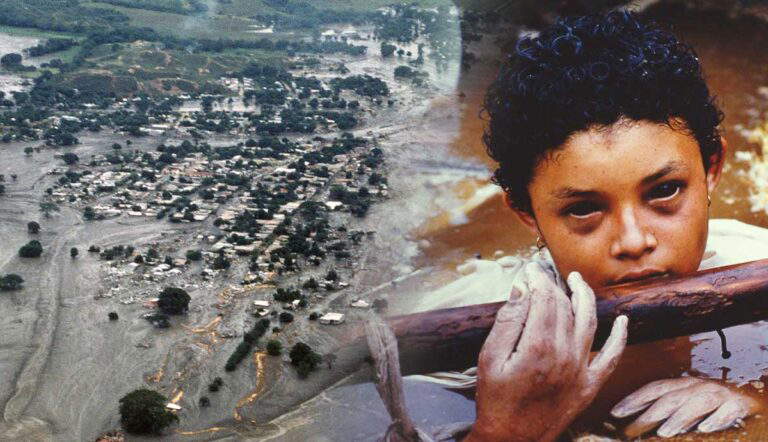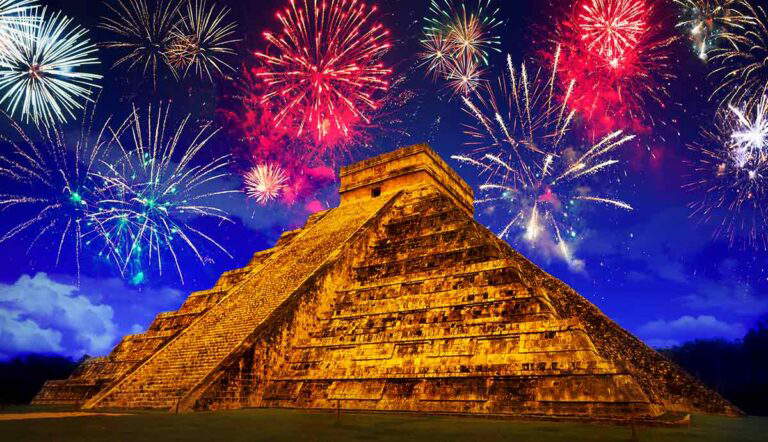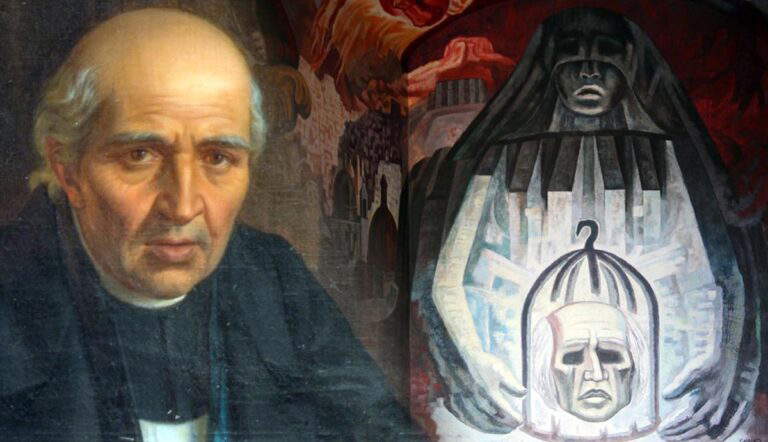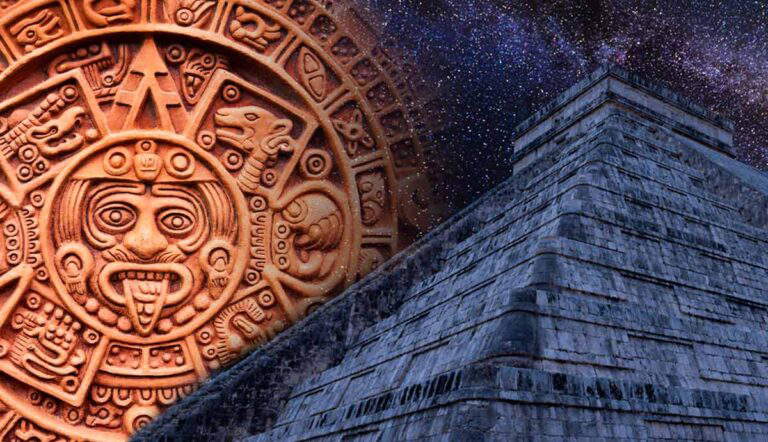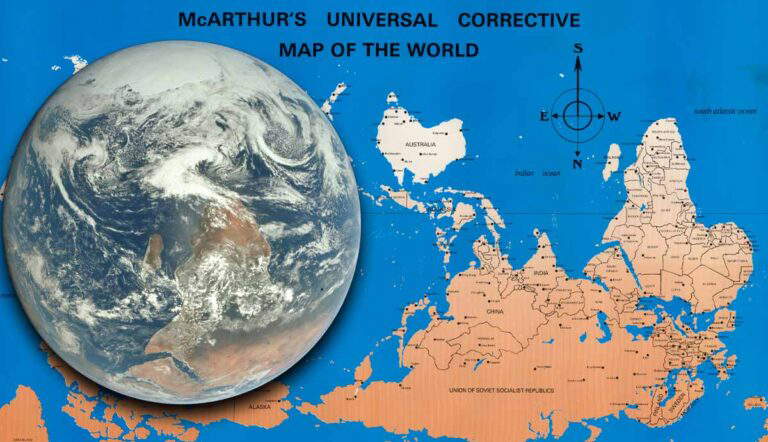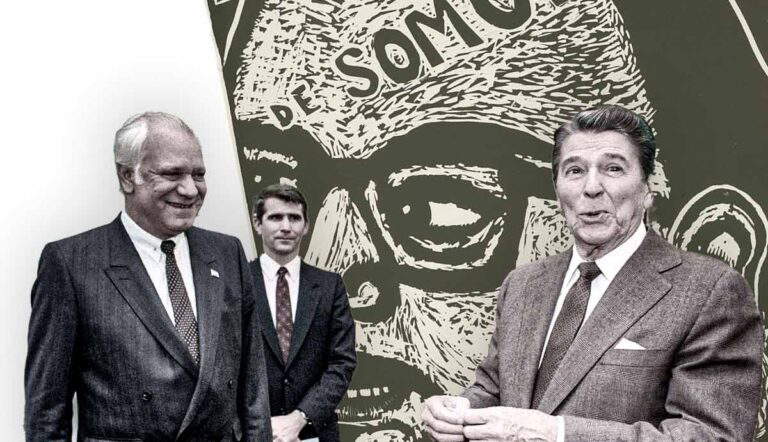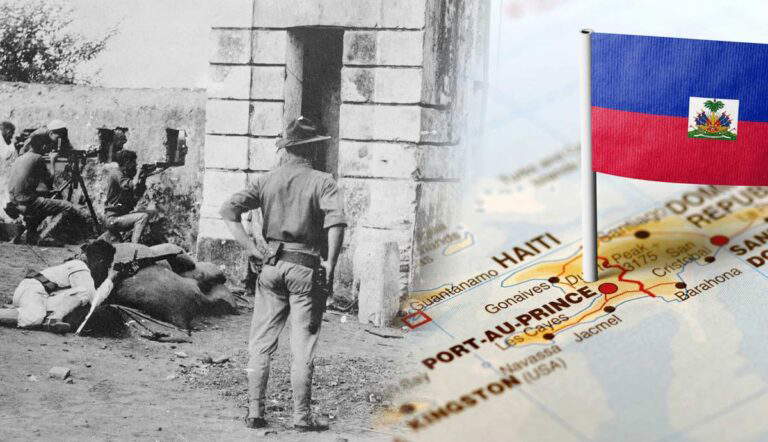Discover the rich cultures of Latin & South American History, from ancient civilizations to modern-day republics.
The Black Legend denounced Spain’s colonial actions in the Americas. This 16th-century propaganda, allegedly exaggerated, highlights an intense chapter of Spanish history.
Though various “new year” celebrations occurred within the Inca, Aztec, and Maya civilizations, their exact dates are challenging to determine.
Though often intertwined with modern Christian holidays, many Inca, Aztec, and Maya festivals are still celebrated today.
Between vanished bones and vivid yet controversial portraits, the real likeness of Mexico’s independence hero, Miguel Hidalgo, emerges from history.
The Caminho do Peabiru, or Peabiru path, a network of trails stretching from the east coast to the Andes, played a central role in pre-Columbian South America.
South-up maps are challenging traditional views of the Earth—and the political and cultural beliefs that go with them.
Combining ancient traditions with modern-day beliefs, the best cultural festivals in South America are incomparable history lessons. They are also exceptionally fun!
The United States occupation of Haiti (1915-1934) was driven by strategic, economic, and colonial interests, aiming to control the Caribbean and protect regional US influence.
- …
